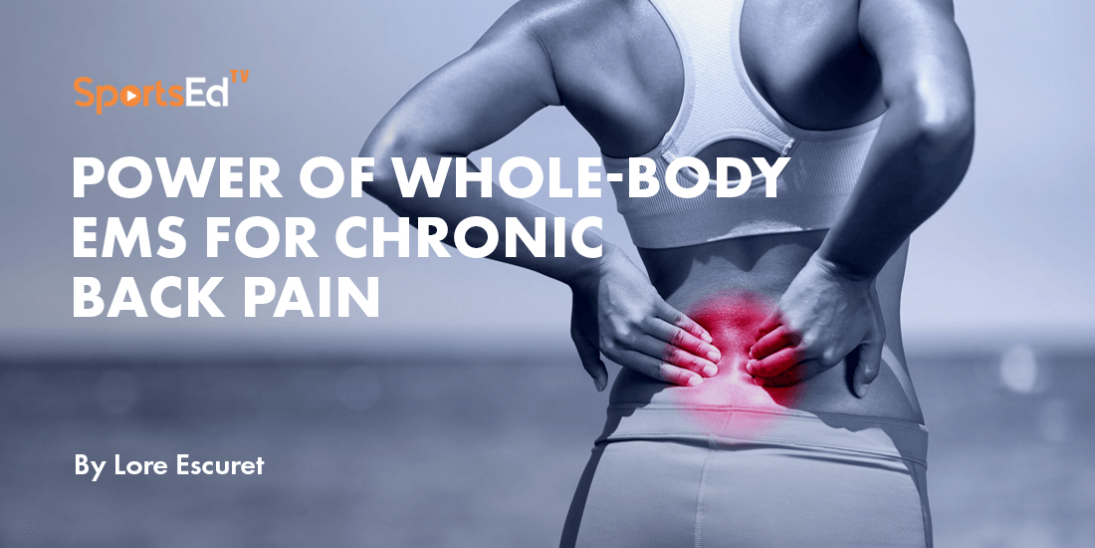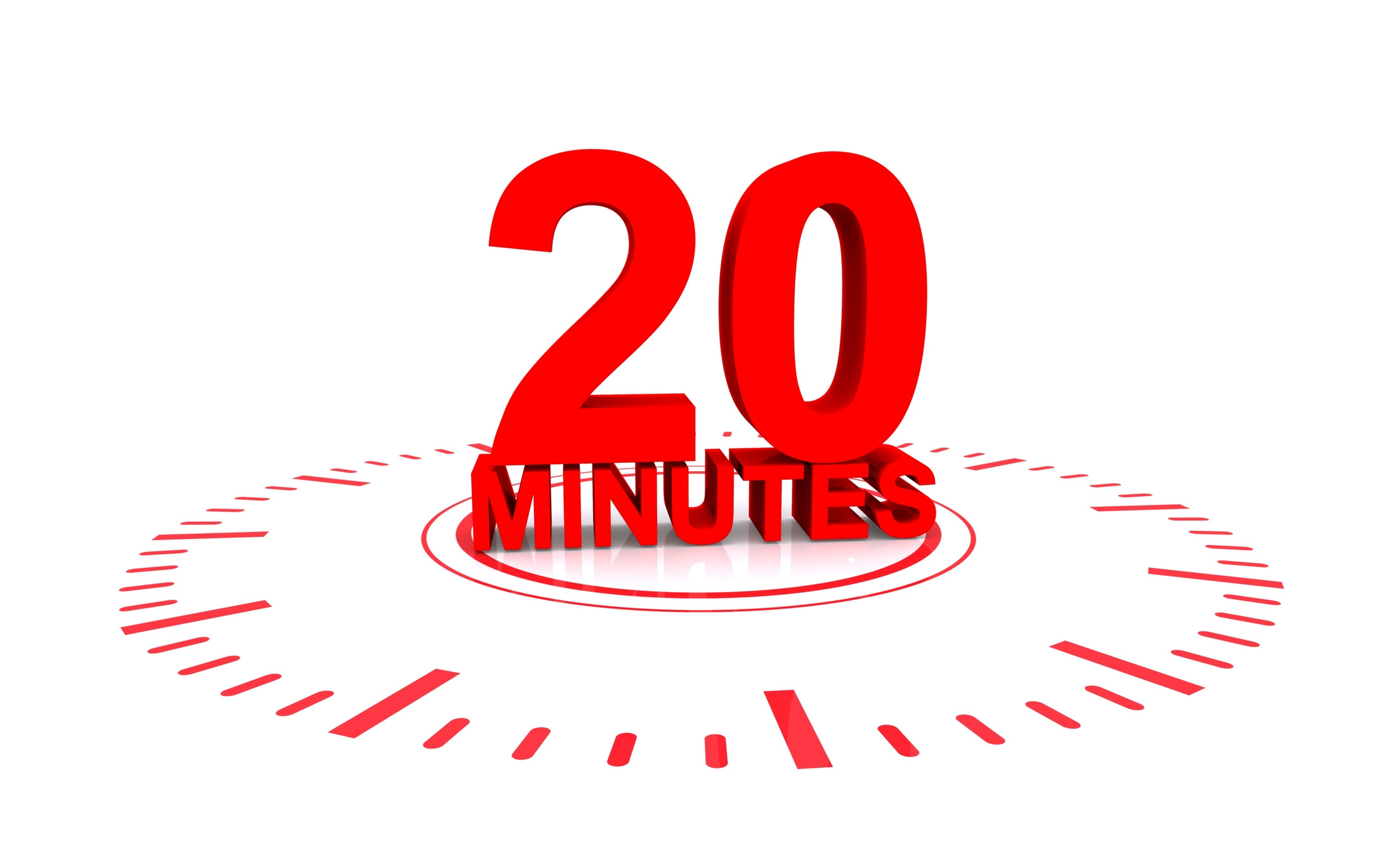Health, Strength And Conditioning
Welcome and thanks for visiting...

Power of Whole-Body EMS for Chronic Back Pain: A Comprehensive Clinical Study

Chronic back pain is a debilitating condition that affects millions of people around the world, often leading to a decline in physical abilities, mental well-being, and overall quality of life. Despite advances in medical treatments, many patients continue to suffer from non-specific chronic back pain (NSCBP), which can be resistant to traditional therapies. However, a clinical study has shed light on a promising alternative treatment—Whole-Body Electromyostimulation (WB-EMS).
The Growing Problem of Chronic Back Pain
Chronic back pain, particularly NSCBP, is the leading cause of disability globally, affecting people across all age groups, though it is most prevalent between the ages of 40 and 69. Women are more frequently affected than men, and the condition is especially common in high-income countries with sedentary lifestyles. NSCBP often forces individuals out of their jobs, impacting their financial stability and contributing to a cycle of physical inactivity and worsening pain.
Traditional treatments for NSCBP typically involve a multimodal approach, combining physical therapy, medication, psychological support, and sometimes surgical interventions. While these methods can be effective, they require significant time, effort, and financial resources, often making them inaccessible or unsustainable for many patients.
What is Whole-Body Electromyostimulation (WB-EMS)?
Whole-body electromyostimulation (WB-EMS) is a cutting-edge training method using electrical impulses to simultaneously stimulate multiple muscle groups. Unlike localized EMS, which targets specific muscles, WB-EMS involves the entire body, making it a more comprehensive approach to muscle activation and strength building.
The technology behind WB-EMS involves wearing a specially designed suit equipped with electrodes that deliver electrical pulses to major muscle groups. These pulses mimic the natural electrical signals the brain sends to muscles to induce contraction, resulting in an efficient workout that can be completed in just 20 minutes per week.
The Clinical Study: Comparing WB-EMS with Traditional Multimodal Therapy
In a prospective, controlled clinical study conducted at the Ludwig-Maximilians-University Munich, researchers set out to compare the effects of WB-EMS with those of a traditional multimodal treatment program in patients with NSCBP. The study involved 128 patients with chronic back pain, who were divided into two groups: one group received 20 minutes of WB-EMS training per week. In contrast, the other group participated in an established multimodal therapy program. A third group of healthy subjects without back pain was included as a control.
Study Design and Methods
-
WB-EMS Group: Participants in the WB-EMS group wore a Miha Bodytec suit that delivered electrical stimulation to 16 muscle groups, focusing primarily on the trunk and lower extremities. Certified physiotherapists and involved dynamic exercises like squats, trunk rotations, and crunches guided the training sessions. The training protocol was designed to be progressive, with the intensity of the electrical stimulation gradually increasing throughout the study.
-
Active Control Group (ACG): The ACG participated in a comprehensive multimodal therapy program that included physiotherapy, occupational therapy, psychotherapy, and physical therapy. This program was conducted over four weeks, with participants attending therapy sessions five days a week. The focus was on improving muscular strength, coordination, posture, and overall physical function through various therapeutic modalities.
-
Assessment Tools: To evaluate the effectiveness of the interventions, researchers used several standardized measurement instruments, including the Numeric Rating Scale (NRS) for pain intensity, the Oswestry Disability Index (ODI) for functional disability, the North American Spine Society (NASS) Instrument for spinal health, and the SF-36 survey for quality of life. Muscular function and postural stability were also assessed using mechanography and balance tests.
Results and Key Findings
The results of the study revealed that WB-EMS is not only practical but also offers several advantages over traditional multimodal therapy:

Significant Pain Reduction
Participants in the WB-EMS group experienced a substantial reduction in pain intensity, as measured by the NRS. The average pain score decreased by 2 points, considered statistically and clinically significant. This reduction in pain was greater than that observed in the ACG, where pain levels remained unchanged.
Improved Functional Capacity
The ODI scores in the WB-EMS group showed a nearly 20-point reduction, indicating a significant improvement in the participants' ability to perform daily activities. This improvement was consistent across the study period, demonstrating the sustained benefits of WB-EMS.
Enhanced Quality of Life
The WB-EMS group also saw marked improvements in various aspects of quality of life, as measured by the SF-36 survey. Participants reported better physical functioning, increased vitality, and reduced bodily pain. These improvements were more pronounced than those observed in the ACG, highlighting the effectiveness of WB-EMS in enhancing overall well-being.
Muscular Function and Postural Stability
The study also assessed the impact of WB-EMS on muscular function and postural stability. Participants in the WB-EMS group showed significant improvements in tests like the Chair-Rising Test (CRT) and the Stair Climb Test (SC), which measure lower limb strength and power. These improvements suggest that WB-EMS can effectively enhance muscle strength and function, which are critical for maintaining mobility and preventing falls.

Time Efficiency
One of the most compelling aspects of WB-EMS is its time efficiency. While the ACG required participants to commit to an intensive daily therapy schedule, the WB-EMS group achieved comparable or superior results with just 20 minutes of training per week. This makes WB-EMS an attractive option for individuals with busy schedules or those who find it difficult to commit to traditional therapy programs.
WB-EMS is a Revolutionary Treatment for Chronic Back Pain
The findings of this clinical study suggest that Whole-Body Electromyostimulation (WB-EMS) is a highly effective, time-efficient alternative to traditional multimodal therapy for managing non-specific chronic back pain. With its ability to significantly reduce pain, improve functional capacity, and enhance quality of life, WB-EMS represents a promising solution for patients seeking relief from chronic back pain without the need for extensive time commitments.
As the prevalence of chronic back pain continues to rise, particularly in high-income countries with sedentary lifestyles, innovative treatments like WB-EMS offer new hope for those struggling to regain control over their lives. By providing an effective, accessible, and efficient method for pain management and physical rehabilitation, WB-EMS can transform the way chronic back pain is treated, making it possible for more people to live pain-free, active lives.
For those interested in exploring WB-EMS as a treatment option, it's essential to consult with knowledgeable professionals in this emerging field. With the proper guidance and supervision, WB-EMS can be a powerful tool in the fight against chronic back pain.
Feel free to contact me here
See my other articles on EMS Training:
The Benefits of Electrical Muscle Stimulation (EMS) Training in Basketball
How EMS Can Transform Your Fitness Routine
Elevate Your Tennis Game with EMS Training
The Untapped Power of EMS Training for Golf
Boost Your Pickleball Game with EMS
EMS for seniors: A youthful approach to fitness









